…drums fingers…
…rubs chin…
…tries to decide on the tone to take with this piece…
OK — here goes. Audiophiles…
…cue heavy palpable groan from the DJWORX community who now wonder where this is going.
Calm down people — this article is not going in the direction you might think. But I do need to lay the groundwork for the rest of the piece, so that you can understand where my head is at with such things. Where was I?
Audiophiles are both the arcane wizards of sound, and at the same time the butt of many snake oil based jokes. It is an industry based, up to a point, on genuine science. But after a certain price point one has to wonder if some companies are seriously pandering to the insecurities, egos, and gullibility of those with more money than reasonably price audio gear.
But gear does matter. When you make the leap from your parent’s old hifi to your first pair of proper monitors, you’ll know exactly what I mean. But there’s a line beyond which is won’t make a difference to most people.
JUST GET ON WITH IT MARK
So why am I talking about audiophiles? Well the people at IFI Audio are a persistent bunch, and after not getting a definite bugger off, they persuaded me to accept a small box of their stuff that they felt would be suitable for DJs. Hmmmm…
Currently staring back at me across the desk:
- iPower — 5V/2.5A audio power supply (£49)
- iDefender 3 — USB 3 ground loop breaker (£49)
- iPurifier 3 x 2 — USB A and B USB audio purifier (£129 each)
- DC iPurifier 2 — DC power filter (£99)
- Mercury 3.0 — 0.5m USB audio cable (£209)
I’ll admit that I’m in unfamiliar territory with this stuff, and have only opened the box to use this as a learning experience, rather than adopt a crowd-pleasing “it’s all bullshit” stance. I prefer to speak from a position of at least a smidgen of knowledge, rather than knee-jerk dismissing something because it’s the accepted thing to do, and would enable a traffic-friendly comment fest of unbridled venom. That’s not how things work around here.
But first, a little science
Every electrical device generates noise. And the mains supply that powers them generates noise too. And that noise is picked up by other devices… essentially your DJ setup, nay your entire electronic existence is one big hissy fit of noise. Generally it’s imperceptible unless you listen reeeeaaaalllly hard in total silence with the volume up LOUD. But for golden-eared audiophiles, it might as well be a bag of rattlesnakes hissing through a megaphone right into their ear canal — which in turn impacts on audio quality. These things matter to their golden ears. And it’s the noise that the supplied IFI products aim to improve or eradicate completely.
The Practical Reality
DJs and audiophiles are very different animals:
DJs often perma-redline while playing YouTube rips on cheap gear through the worst sticky floored decades old sound system. Their environment can change each week, and much of it is beyond their control too. At play they’re whirling dervishes of track selection and gear abuse, servicing a room full of at least drunk but probably high revellers. As long as the boots and cats keep coming and cause physical discomfort, that’s the happy crowd box ticked..
Audiophiles however couldn’t be more polar opposite. Everything is controlled and measured at each stage. The environment is calm, quiet, and most probably solitary. The source audio is of the highest quality, and the process generally involves placing themselves in a careful positioned chair, in front of equally carefully positioned speakers, and often sitting still for the duration of at least a track, if not the entire recording. It is the chalky calm to the DJ’s chaotic cheese.
Thus the ability to control the DJ environment to the same extreme is tough, if not impossible. So right from the start of the quest to inject audiophilia into the DJ setup, there are likely to be many roadblocks that make the task doomed to fail, but not be the fault of the DJ or their gear.
BRING KILL THE NOISE
Noise has never been an issue in my multitude of DJ setups. Grounding and interference definitely have, especially with setups involving numerous units and older units too. But it’s always been easily fixed with some cheap RCA ground loop isolators. And in a conventional player/mixer setup with no USB or external power supplies, the supplied IFI gear is of no use.
So I’m looking around at my studio to see how I can do a real world test with the supplied gear. I spy the Traktor Kontrol S4 MK3, and set about hooking it up directly (to minimise the audio chain) to my Mackie Thump PA. Before connecting anything, I test the PA by turning it up to full volume to check the noise level. It’s definitely there, but only when listening for it when no music is playing.
So I hooked up the S4 MK3 with Traktor running but no audio playing i.e to listen for noise from the mains supply, laptop + power, controller + power. I pushed the volume on the PA again, and it sounded exactly the same as with it not connected, which immediately tells me that my PA is always going to generate more noise than any electrical device I hook up, and is likely to be the issue for anyone using DJ equipment. Hence the issue of elements beyond the DJ’s control comes into play.
But these products are not all about just removing noise — they’re about improving audio quality. Thus I tried playing music with and without these assorted IFI bits and bobs, and again couldn’t really tell the difference. I don’t hear less noise or better audio no matter how I employ this expensive tech in the controller workflow.
IFI also makes a point of specifying their products to improve the Serato and by definition the wider DVS experience too. From level 1 (£129) to level 5 (a wallet punching £1755), they aim to improve the chain from laptop to DVS box to mixer with varying levels of tech. There’s also a compelling user account on the IFI website about a DJ using the level 5 setup and noticing a real difference in a room that they’ve played for three years.
I have many questions — does the crowd notice? Are they dancing harder? Is the floor more full than normal? Does the DJ just feel better using this extra layer of tech? Does it take almost £1800’s worth of IFI gear to make a noticeable difference? And is that a price DJs are prepared to pay?
THE HUMAN ELEMENT
Whenever I write about audio quality, it’s always prefaced with some words about subjectivity. We all have our own preferences and physiologies that impact on what we hear and in turn how we interpret that quality. I can turn my head a little, and the audio from my laptop can sound immediately clearer. Equally, I can walk across the Worxlab, move one PA a few degrees one way and suddenly it sounds awful because of room acoustics.
This doesn’t factor in how someone might just like their music simply “ear-bleeding”, or conversely “sharp yet unflabby bottom, warm and neutral mids, and a bright but not overly rolled off treble”. Everyone is different — physically and psychologically.
On a psychological level, I have to wonder if cognitive bias or even pure prejudices come into play. Did the IFI case study DJ think it sounded better because he’d spent so much money on a few plugs and cables? Did I subconsciously refuse to hear a difference because if I dared to big up perceived snake oil products, my hard-earned reputation would be tarnished and credibility flushed own the toilet? I even got grief on FB for posting a picture of the USB cable alone, and the general vibe of social media comments was less than flattering.
But I like to think that my mind is open. I went into this as a learning experience, and genuinely wanted to hear a difference. I would love that a few relative inexpensive doohickies in my audio chain would make the profound difference that is often claimed by audiophiles.
But they didn’t. And I remain unconvinced that differences exuberantly touted by makers of audiophile products really make any valuable difference in a DJ setup. When you compare the environments and workflows of DJs to audiophiles, I cannot help but feel that trying to improve the audio quality of a setup with elements that are out of the control of the DJ e.g. a poor sound system or terrible acoustics, is a task doomed to fail.
It’s like this — if I can’t hear a clear difference, then they’re not worth the money. And if I have to go to the trouble of recording before and after audio to look at waveforms and measure a difference, then the exercise is pointless from a DJ perspective. I want a smile and an “oh god yes” and not a head tilting puzzled “well maybe?” response. And I definitely don’t want to analyse recordings and waveforms to prove that using this gear did make a measurable albeit inaudible difference.
What I can tell you is this — while I detected nothing tangible in audio quality improvement, it felt good to use this stuff. Much like the Oyaide Neo d+ cables, I can’t say that they improve sound quality to any notable degree, but I definitely feel more comfortable and confident knowing that my sound is being delivered through them. And it’s the same with this IFI gear — while plugging in these assorted bits and bobs into my audio chain didn’t deliver significant audible improvements, they definitely delivered a sense of quality and stability. And feeling good is important.
Ultimately noise has never been an issue for me, and if audio quality is a problem, it’s probably better to look at other issues in your existing DJ chain, because these days DJ gear is made to a decent specification.
A BETTER APPROACH FOR DJS
I would love it if every club and venue gave a crap about sound quality. It would be amazing if they took the time to use the services of an experienced sound person to specify and maintain the house system, so that DJs wouldn’t need to employ measures to make up for a lack of decent gear at a seedy dive. But they don’t, but a few quid spent has every chance of making things sound better and protect your gear at the same time.
Now you could go full level 5 and put some sort of noise cancelling device at the beginning and end of every single cable and connection from wall plug to speaker. But for me the cost is prohibitive, the setup over complicated, and the return on investment unlikely to be worth it. But a more effective approach is to employ power conditioners that will keep your power clean, stable, and importantly surge protected. Trust me – power spikes will make you weep, especially when an iMac is involved. And it can cost less than a night out to offer basic protection and potential improvements your setup.
You could start small and get a simple surge protected power strip from just about anywhere. 4/6 way for under a tenner and you can sleep and play easier. If you think there’s something in this noise reduction malarkey, check out this beauty from Tamica — £33 and it even looks audiophiley. If however you’re a little more serious about this stuff (especially protecting your gear), the Furman M-10 Lx E rack mount unit seems to garner much praise, and still only costs around £150.
Let’s not forget other useful accessories such as the MK Stands feet too. They might not have anything directly to do with audio quality, but they certainly can fend off the potential for set ruining feedback.
Summing Up
I want to make one thing very clear — this piece is more about the necessity or validity of audiophile practice in the DJ world. The IFI products are lovely, and in a controlled purely listening environment, I’m sure they’re a decent purchase. This is supported up user reviews from people who genuinely believe that these products work.
But my gut says that if you’ve got hiss in your DJ chain or poor audio quality, expensive adaptors and breathtakingly expensive USB cables aren’t going to fix it in your average less than ideal DJ environment. But other cheaper routes outlined above might, and are just good practice anyway.
The chances are that no matter what you do to your setup, the environment is going to be the weakest link in the chain, and unlike audiophiles, there’s likely to be very little you can do to fix it, thus rendering products like these somewhat unnecessary purchases for DJs. Let me just emphasise that again — FOR DJS.
ONE LAST THING
Anything that merely alludes to audiophiles is met with a natural rejection by a good many people, especially DJs. I’ve done my best to take a look at this equipment and assess the validity of such things in a DJ environment. I’ve done so with an open mind and used it as a learning experience, because I didn’t want to just reject it out of hand as snake oil, which would be the easy route to take.
Given the task, the findings should come as no surprise to DJs. I’ve done this strictly from a DJ perspective, and considering the uncontrollable factors in a DJ environment, any improvement will be barely perceptible to most.
So should any audiophiles have casually stumbled across this article via Google — this isn’t for you. I totally respect your quest for audio nirvana, but I don’t think that these products offer much benefit to the often less than ideal DJ environment.
Equally, should any of you DJs choose to attack audiophiles for giving a crap about audio quality, or me for standing up for their right to spend money on whatever they wish, then don’t. As I’ve discovered, it’s not a matter of whether spending wads actually makes a tangible difference or if the multitude of products are legitimate or snake oil – it’s about how tuning their system makes them feel. And it’s incredibly hard to put a price on that.
Thanks to IFI Audio for supplying the products. It’s been a great learning experience. A followup article inspired by this is coming next.
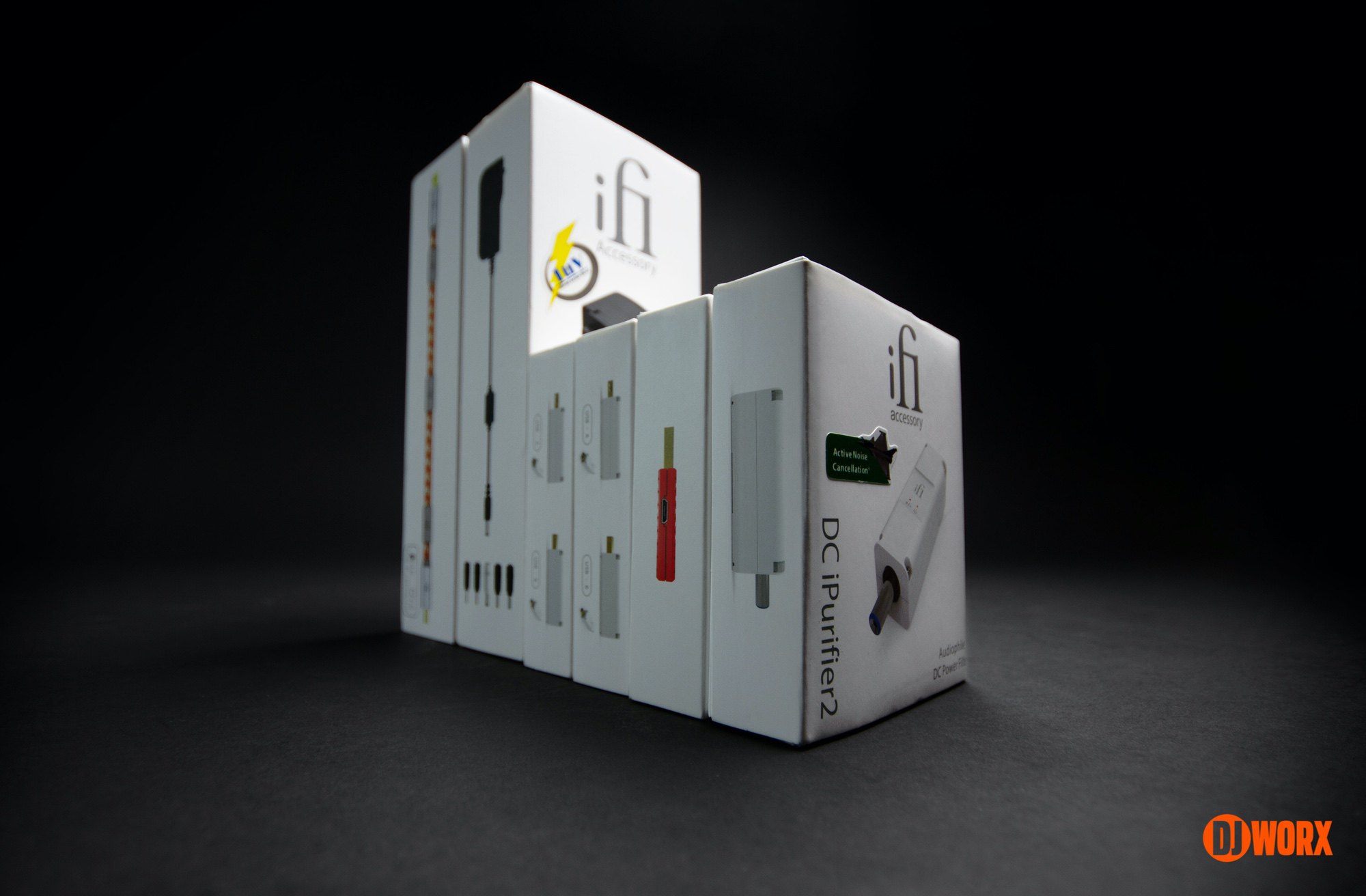


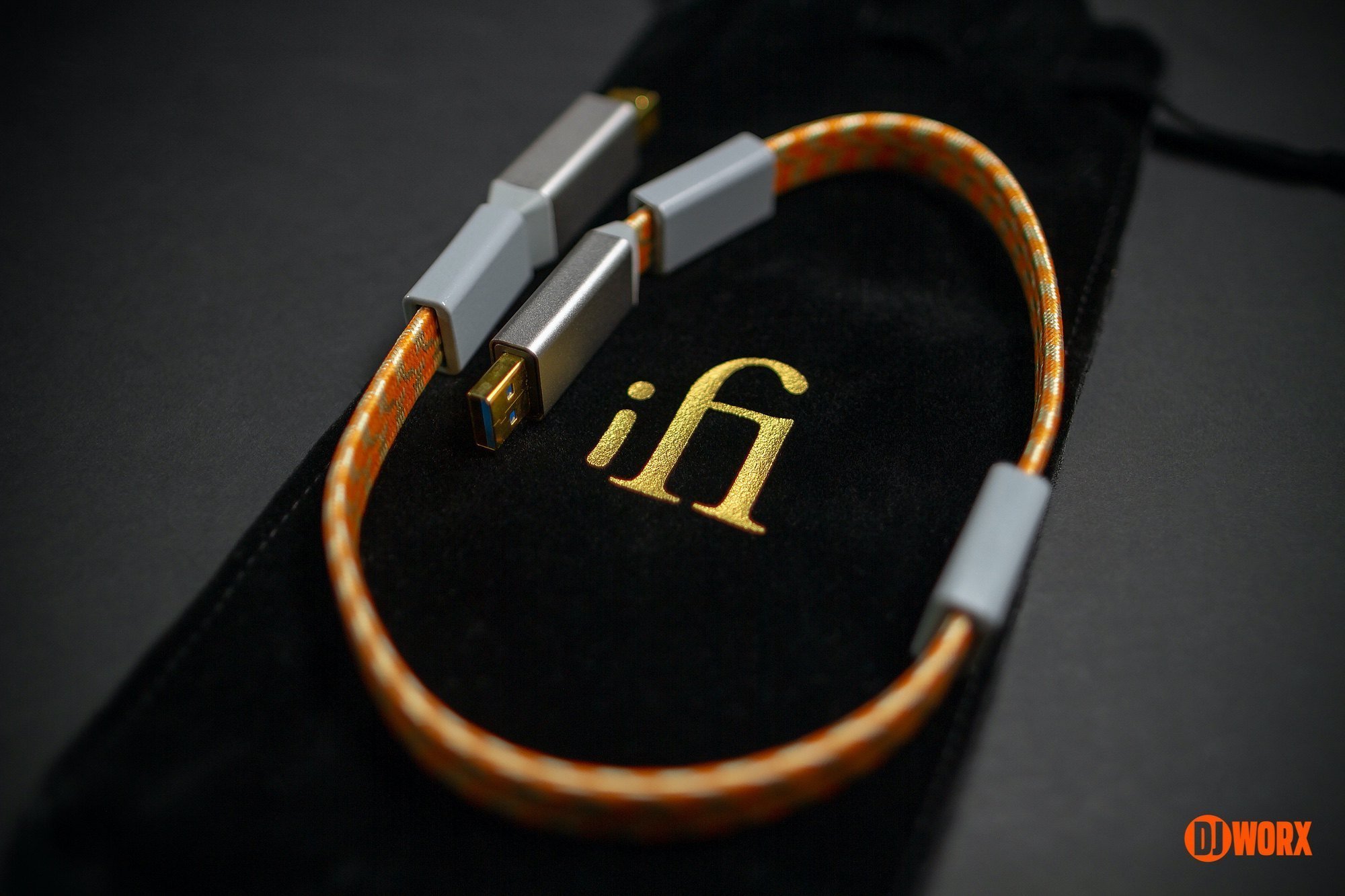

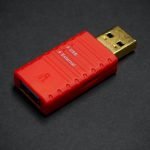

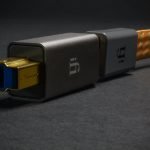



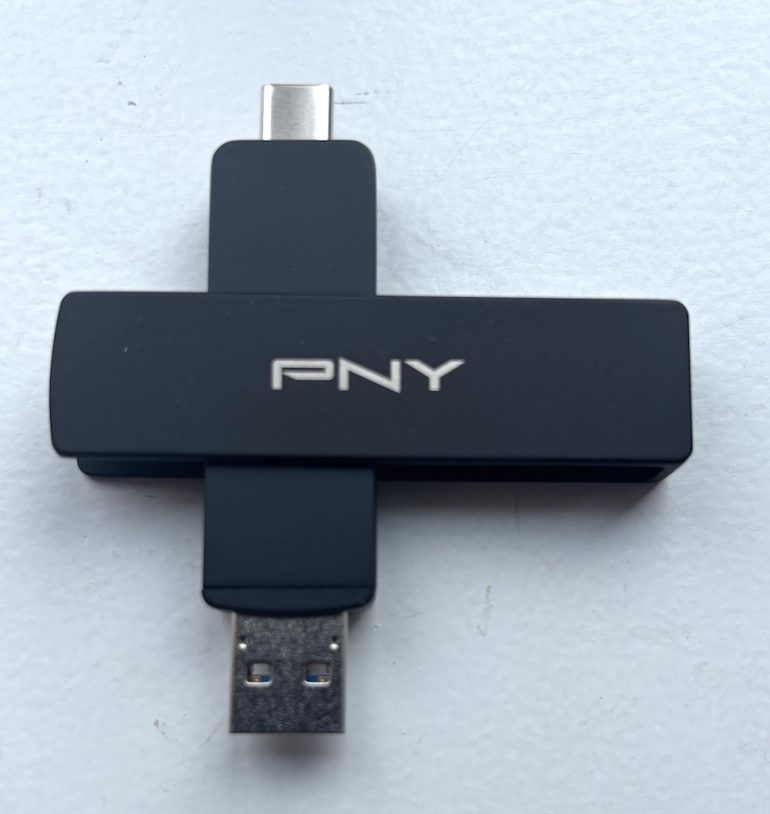


I’ve been an audiophile since 15, and also mobile and, later, bedroom DJ for as long as I remember. I’m now 48 and still inhabit both worlds in parallel. The only audiophile equipment I let into my DJ set-up are the Audioquest jitterbug for cleaning up computer noise that can be transmitted via USB to my mixer in instances when I use software. The other one is a power conditioner to suppress noise and clean the power feed. I’m a believer in electrical grunge noise (I can tell the sound of my audio system cleans up on Sundays when big industrial factories near my area are shut down).
Anyway, I’ve owned expensive audiophile caliber hi-fi gear for so long but never been interested in hooking up my DJ mixer to my power amp or preamp simply because it’s resolution and sound quality is not up-to-par. It’s decent sure, but you’re not hearing everything that a given recording is supposed to contain. I’m talking about details in the mids, resolution of highs and lows, imaging and sound staging etc… I’m currently using Denon’s Prime 1800 mixer which is decent sounding, but it’s not in the same league as proper home hi-fi. A high-end speaker system deserves an equally good ancillary system around it. DJ gear generally don’t cut it (though I haven’t heard all), that’s my experience.
My DJ set-up is outputted to a JBL LSR28P pair of monitors, because I feel the sound quality ceiling of my DJ set-up is a match to the ceiling of my monitors. To me, there’s no point in hooking up a DJ set-up, as decent as it is, to a high-end speaker system that is more resolving and capable of more quality sound than any DJ gear can ever be capable of giving.
High-end audio and DJing can co-exist in parallel, just not together.
It’s all in the head, this audio improvement thing. Like you, if I can’t tell the difference, it’s marketing bluff. An obvious sound quality is playing a track at 128kps versus the same track at 320kps. If you can’t tell the difference then you’re deaf.
I agree with your findings Mark. If using pro DJ gear with balanced cables to your speakers you will rarely have any major issues especially if you plug all the power cables (including laptops, mixer/controller, speakers and LED lights) into the one electrical outlet so that they are all on one circuit. I would be interested in you exploring this issue further though as I’ve never heard a DJ set up that didn’t have a bit of noise (hiss rather than hum) coming out of the speakers. It would be good to hear from experienced DJ’s and sound engineers who have mastered achieving a no or very low hiss sound system.
Every single stage / connection in any audio setup adds to the noise floor, i.e. shitty hiss starts adding up after the first 3-4 connections. While I agree that Audiophile products are an overkill for the average DJ, I would also strongly recommend to anyone to start controlling their noise floors with whatever means they have (furmans, better cables etc). You might not notice it in the beginning, but you can considerably improve your audio quality output by just taking care of the basics. People in a dancefloor will definitely not notice it, but they will feel it. And good audio feels good.
You lost me at “noise PA system”, maybe you shouldn’t be testing audio equipment on a PA system in the first place…
That’s the point of the article, to show and explain why the DJ environment isn’t inherently suited to audiophile products. You can do what you want to your own setup, but ultimately you’re often faced with issues that you cannot control.
Well, regarding this point alone, – given enough time perspective – the need for this article has become a reality that anyone may verify just by reading noise specifications… most everywhere.
Take last decade prevalence of much cleaner class D amplifiers and actual digital FOH mixers (Behringer X32 hundred thousands of digital PA mixers sold), but also, speaker processors replacing Active Crossovers ans solid state EQs, and the rest of components from PAs (digital snakes, Dante connectors, etc).
This revolution has happened also in our DJ gear, particularly in lowering the noise floor and THD.
Just check our once industry standard ubiquitous Pioneer DJM-600 (and DJM-500 before that) mixer specs. They always showed figures around 85 dB of S/N signal to noise at best.
If I recall well, it was Denon with DN-X1600 and DNX1700 models whom first upped the game into a Signal to Noise figure over 100 dB territory Then Pioneer reacted with DJM-1000 excellent signal to noise numbers and from then on they had stayed at clean noise floor levels.
Nowadays most DACs have greatly improved their sound quality in terms particularly of lower noise, even inexpensive ones. But if you want to dig better, a component manufacturer ESS SABRE has being releasing incredible sounding DAC chips like latest ESS9038Q2 with consistent above 120 dB S/N.
Why S/N is important for DJing?
Crucial indeed, if you consider that PAs usually deliver over 120 dBs (and even more) of musical+noise content, when played at full blast.
Then, if the compounded noise produced by the PA chain goes as low as 80 dB S/N, it will mean that when the actual Club/party volume reaches that 80dB figure, then every additional dB on top of it will produce noticeable noise coming from the speakers, resulting in a total of 40 dB of introduced noise if your play reaches 120 dBs… typical big party/Club volume peaks.
(Hearing a BZZZZZZ from someone’s speakers without playing any musical content, with just faders up??!)
After writing the above realized several important points were missing but instead of editing the post decided to extend here, these are relevant conclusions.
Following the practical example from above, if the sound system (PA + DJ gear) is instead up to good nowadays standards, namely with 105 dB S/N levels. And we have an event playing at 120 dB of volume level, then it will produce only 15 dB of summed noise, compared with the above 40 dB number from old gear sound systems!!
That is a relevant difference, take in account that 45 dBs approaches the normal volume of conversations so it will be quite noticeably…
Imagine after thunderous rhythm passage where your audience have been strongly dancing then comes a sensitive breakdown, full of aural frequencies.. only to be interrupted by a front, direct into their ear conversation muddling every other delicate musical content you were expecting to spread the room with. Not only that, but those over 40 dBs of noise will be quite correlated middle high frequency content. The BUZZ is dense and intrusive, possibly not blurring much electric guitars or acid 303 stabs, but rare grooving instruments, high freq percussions, cymbals, let alone velvety sound, high pitched voice qualities, etc will be lost.
Comparatively, the 15 dB noise figure produced by recent systems merges very well with what is measured at silent ambiences (wind, nature, distant people, cars, etc). Only anechoic chambers reach below 5 dBs, and then we have the noise produced by our own bodily functions, breathing, heart rate, etc…
Therefore where noisy sound systems will mask bad sounding MP3s, clipped badly produced tracks and low quality sound sources plus importantly those will render indistinguishable the spatial cues and the high frequency content of even well recorded and richly composed music.
In stark contrast, recent cleaner sound systems will REVEAL the differences in the audio source hence putting the focus on sound composition, mastering and in fact opening the doors for judging the varying quality of Club designs, the importance of the room design and the architectural, engineering and most importantly the sound design aspects at the musical composition.
(Music styles are going to be affected, but this is another pandora’s box)
There is an open playground in front of us, no wonder 3D, spatial sound systems and immersive experiences are only starting to being developed.
Bright future ahead.
PD; Yes! Audiophile developments have been paving the way for what is already achieved. Thanks to them. They are friends, a varied universe that thanks to small, even remote (China+) ones, their products have become accessible already.
This article is spot on when stating that aiming for audiophile-tier sonics is a fools errand for most DJing contexts. I’ve heard so abysmal sounding club spaces that nothing in the signalchain could possibly help. Room acoustics is the most important factor in determining audio quality. With a big amount of DJing systems being digital these days, noise is not really an issue. DJ gear is already good enough most of the time, the weakest chains in the link are room acoustics and audio source material (spining a lossy compressed audio file outside of 0% pitch with keylock on). It doesnt hurt to properly gainstage your analog parts of the signalchain however, in order to reach optimal SNR.
I work for an engineering services company as an audio/acoustics engineer. Basically everything I do involves loudspeakers in some way, and I’ve worked on everything from tiny little cell phone drivers to the big professional gear that goes into movie theaters. All of our work at the company is based on the best objective methods and techniques available.
Mark’s synopsis of audiophile world is pretty much spot-on: there’s scientific support for everything up to a certain point, then the voodoo kicks in ($40,000 speaker cables, anyone?)
Here’s a primer of the science on system noise and speakers:
Noise is an unwanted signal, and it is generated in many places. All real resistances generate noise, all transistors generate noise, and all DACs generate noise. Additionally, all power supplies generate noise; the amount of supply noise that makes its way into the signal is determined by the power supply rejection ratio (PSRR) of each active component of the signal chain. There are other sources of noise and interference, but these sources make up the bulk of noise contributors in consumer audio electronics.
Noise is typically measured in absolute or relative terms (e.g. 31.6 uVrms or -90 dBV.) The important parameter for a speaker system in this case is its sensitivity, which is measured in terms of sound pressure level for a given input stimulus (e.g. 89 dB SPL/2.83 Vrms @ 1m.) This is a representation of how much sound the system will output for a given input. Sound pressure is typically measured in dB SPL, a ratio referenced to the accepted lower limit of human hearing (20 uPa.) The quietest known place on earth is an anechoic chamber owned by Microsoft that measures at -26 dB SPL (A-weighted.) 0 dB SPL is the lowest accepted limit of human hearing. 140 dB SPL is the pain threshold, where you will begin to experience physical pain from the sound energy. 200 dB SPL is enough sound energy to liquify your body. Every 10 dB SPL difference roughly correlates to a doubling of perceived loudness (e.g. a 70 dB SPL sound is about twice as loud as a 60 dB SPL sound.)
Things quantified by decibel ratios do not add together in the typical 1 + 1 = 2 fashion. Two uncorrelated signals (like noise from two different sources) at the same level will add together in 3 dB increments; e.g. -90 dBV + -90 dBV = -87 dBV.
As an example, consider a system with a DJ controller (noise: -78 dBV) connected to a house mixer (noise: -85 dBV), in turn connected to an amplifier (input referred noise: -90 dBV, gain: 27 dB) driving loudspeakers (with a sensitivity of 92 dB SPL/2.83 Vrms @ 1m.) How much noise will we hear from the speakers?
The total system noise at the input of the amplifier is -78 dBV + -85 dBV + -90 dBV = -77 dBV = 141 uVrms. The noise at the speaker terminals is therefore -77 dBV + 27 dB = -50 dBV = 2.83 mVrms. The ratio of 2.83 mVrms to 2.83 Vrms is 60 dB, so the noise from the speakers at 1m is 32 dB SPL, or somewhere between one quarter and one half the loudness of the background noise in a quiet suburban neighborhood (45 – 50 dB SPL.) In order to cut the noise from the speakers in half (-10 dB), we’d need to reduce the electrical noise at the amplifier input by 10 dB to -87 dBV, which isn’t possible by modifying the noise coming from the DJ controller, because the house mixer and amplifier combined present an amplifier input noise of -84 dBV.
It is possible to reduce noise dramatically; it’s not typically an easy thing to do to existing hardware, but it is possible sometimes. The company that I work for licenses an amplifier design capable of extremely low-distortion, low-noise performance (noise floor below -130 dBV on some configurations.) I have a headphone amplifier incorporating that amplifier design connected to the booth outputs of my aging Vestax PMC-580, with the booth outputs turned up very high, and the gain of the headphone amplifier set to -10 dB. This results in the reduction of the noise from the mixer of about 10 dB, which gives a lot more clarity and detail, which has its ups and downs. While the extra detail helps with scratch practice, I can really tell when I’ve hit one of the cue-burned spots on the Super Seal 4 record I use for drills.
Salute! We need more people like you posting around here. Sometimes I feel like a weirdo amongst endless DJ discussions perpetuating audio myths and superstition as facts. Happy to see there are others out there. There used to be a time when DJs were also audio engineers (to a degree).
There’s no such thing as a ‘USB audio cable’.
Indeed. But there’s jittering & dropouts. Given that data going through a USB cable will eventually translate to audio, that translation can go wrong, just because of the cable.
Still, any ‘USB audio cable” is just a quality USB cable.
I’ve never believed in the voodoo of super-expensive cables for transmitting digital signals, but one thing that would really interest me is: at what point would you seriously notice the difference between lossless and 320kbit mp3s? How good does the system have to be? Would it at all matter in a club environment? I’m buying everything at 320kbits, and some DJ friends shake their heads at this attrociousness…